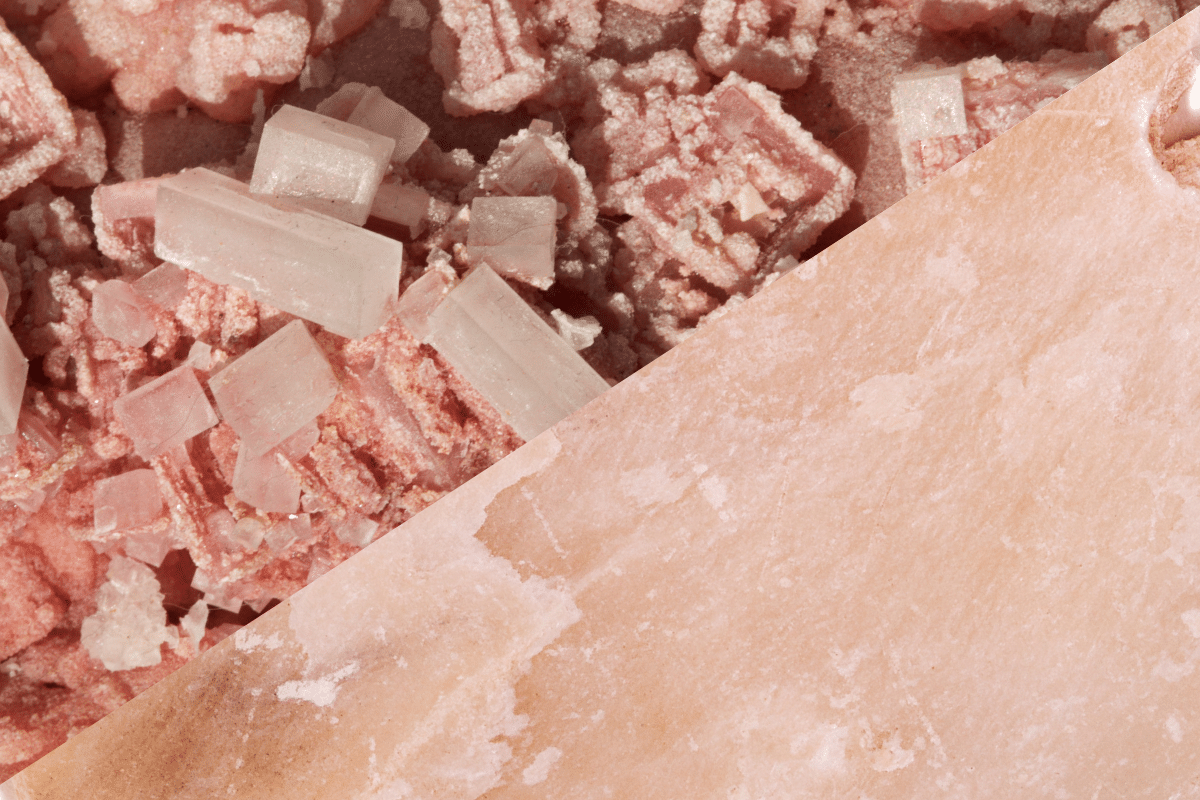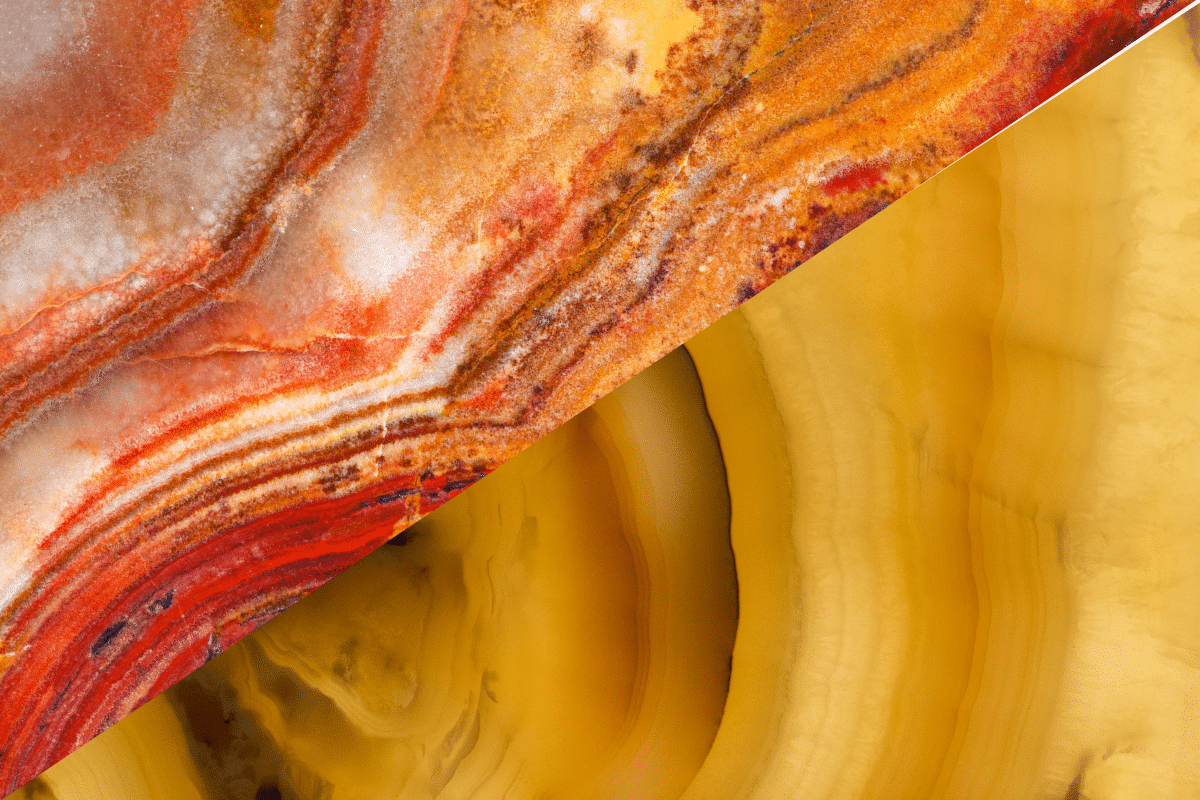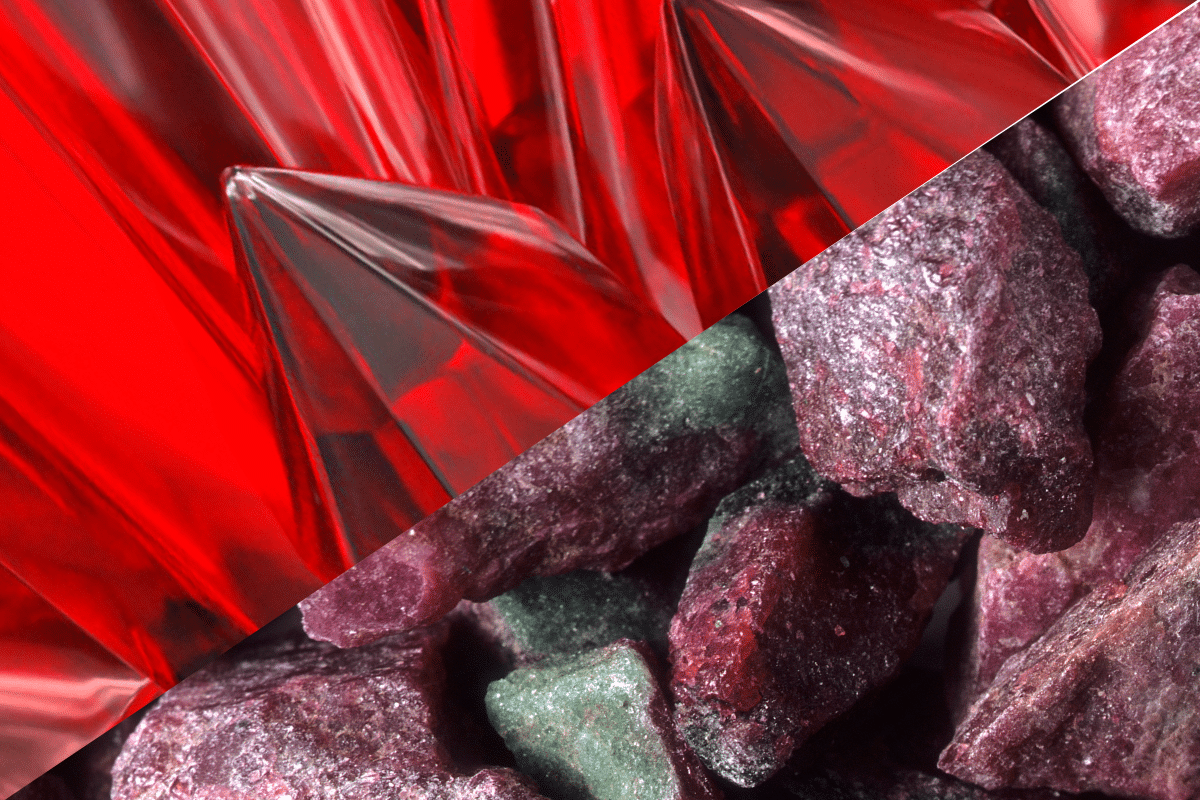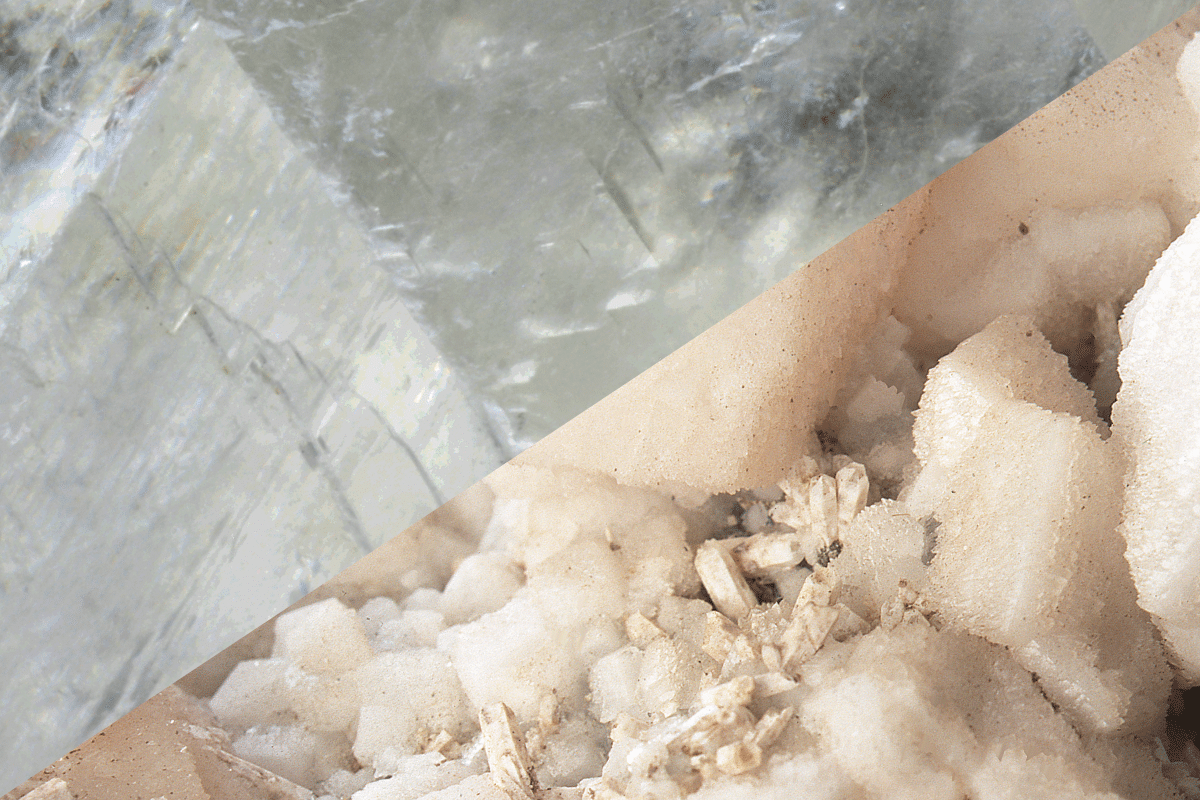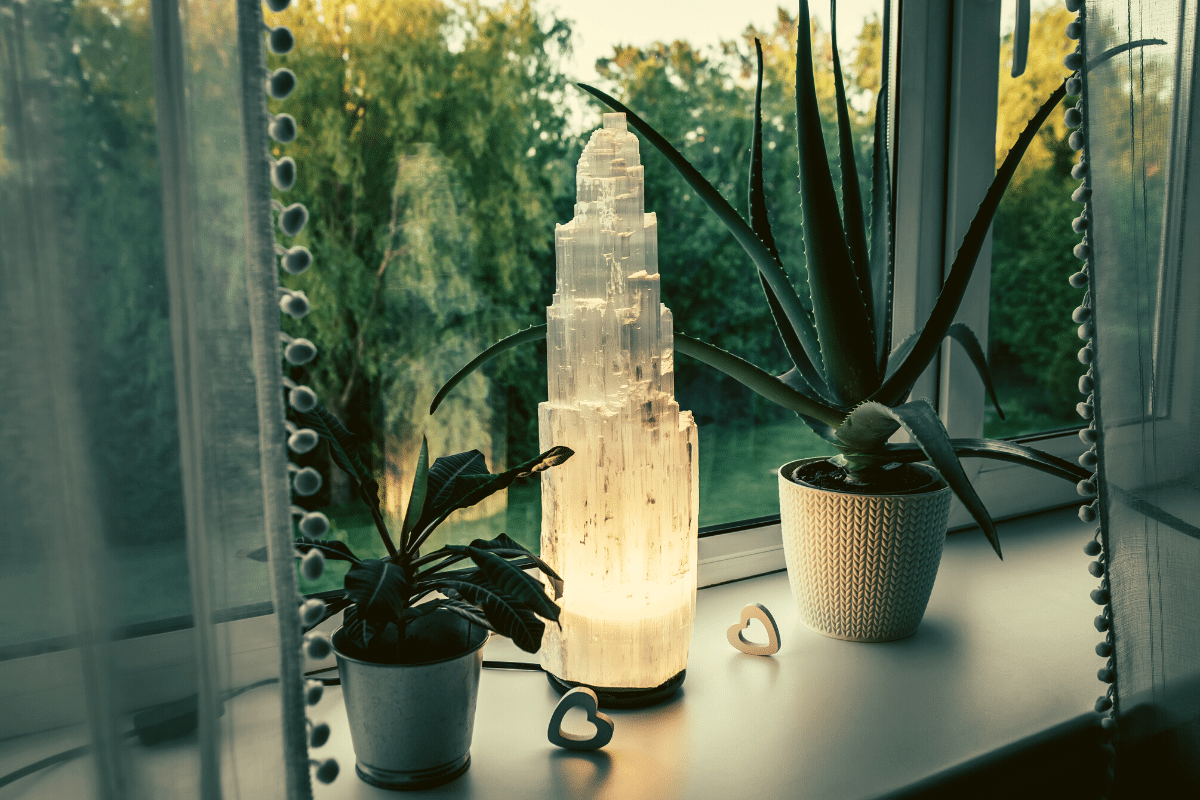Full Guide To Emerald vs. Green Tourmaline (This is the Difference)
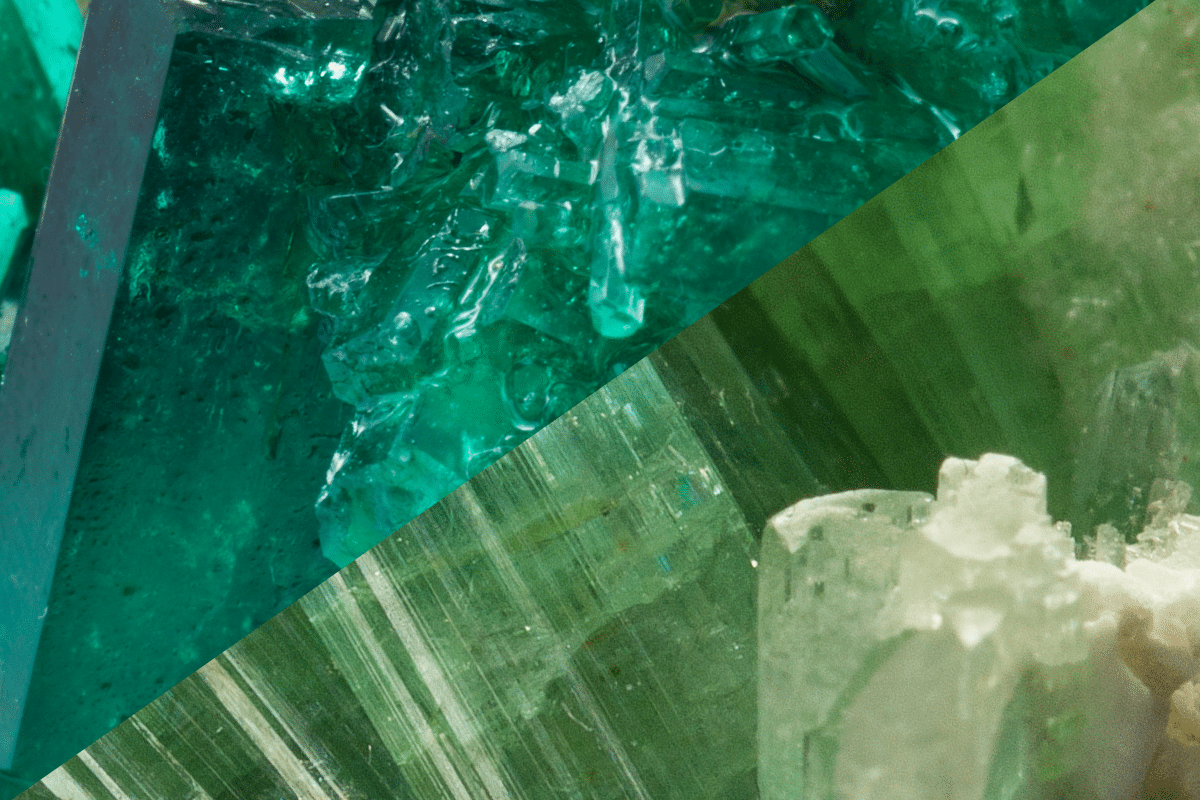
In order to work with our crystals effectively, we need to understand their properties. With crystals that look similar or have similar uses, such as emerald and green tourmaline it can be difficult to determine which one to work with. The answer should always be; the one that you are drawn to the most. However, if you are looking to find the difference in physical appearance as well as metaphysical properties, you’ll find your answer here.
It is very difficult for an untrained eye to spot the difference. Overall, emerald is slightly harder than tourmaline and more desirable too. Tourmaline, however, is known for its clarity, while emerald often has many inclusions. Spiritually, green tourmaline represents luck and abundance, and emerald represents love and truth.
Continue reading if you want to know more about the (physical) qualities of these stones, as well as how you can use them in your spiritual practice.
Also read: Full Guide To Chrome Diopside vs Emerald (This is the Difference)
Want more help or information? If you have any more questions after reading this blog post or want a personal answer for your specific situation, join the free Facebook group! We promise you’ll get an answer from either our team members or a community member.
Emerald vs. Green Tourmaline – Physical Differences
If you’re confused about the difference between these two stones, you’re not alone. When green tourmaline was (supposedly) first discovered in the 1500’s it was thought it was emerald, and this continued until the 1800’s, when they were first seen as two different stones. And to be entirely honest, it isn’t easy for a novice to determine if a stone is green tourmaline or emerald. We recommend going to an experienced jeweler to get a definitive answer. Still, below you’ll find some of the differences that should give you at least an indication of what to look for.
Chemical Composition
Emerald is a variety of beryl, just like aquamarine or morganite, and has traces of vanadium, iron, and chromium, which cause the green color.
For green tourmaline, this is a silicate of aluminium and boron. Its chemical formula consists of elements such as calcium, sodium, manganese, iron, aluminum, zinc, chromium, and vanadium. The primary coloring agent for this gemstone is vanadium. Moreover, manganese and copper can also cause a color change.
There is a variety of green tourmaline called chrome tourmaline, because it gets it’s color from chromium, as well as titanium and/or iron.
Color
Both gemstones have a bluish-green to pure green as their most desirable color, but come in any shade of green. This includes a yellowish green color but also the typical emerald dark green color. As a result, it is almost impossible to distinguish the two based on color alone.
Green Tourmaline is often darker colored than emerald, but this doesn’t have to be the case. It can also be a much lighter color, almost similar to peridot.
Also read: Full Guide To Emerald vs. Peridot (This is the Difference)
Overall, tourmaline is the gemstone with the widest variety of colors. Although it is probably best known for its black color (Schorl), it can also be found in red, blue, yellow, and more, in addition to the green that we’re discussing here.


Clarity and Pattern
Emeralds are known to have many inclusions, which are mainly pieces of glass and mineral crystals. Because of the inclusions, they are classified as type III gemstones. Those with minimal inclusions are more valuable, but they are scarce to find. This means that emeralds are generally much more expensive. They are transparent (high quality) or opaque (low quality) and have no color zoning as their color is well distributed all over the stone.
On the other hand, green tourmalines range from transparent to opaque. Green tourmaline, however, is much more commonly transparent than emerald, which is partially why they are less expensive.
Also read: Full Guide To Emerald vs. Sapphire (This is the Difference)
Hardness
On the Mohs Scale of hardness, emeralds are rated at 7.5 to 8, while green tourmaline rates 7-7.5. If you’re unfamiliar, the Mohs scale of hardness determines a stone’s hardness by measuring how scratch-resistant it is. According to this scale, a stone can scratch any other mineral with a lower score. For reference, talc is a 1, whereas diamond is a 10.
In our case, this means emerald should be able to scratch green tourmaline, but not the other way around.
Location
Emerald was first discovered in Egypt, with evidence suggesting it was mined as early as 330 BC. Over the years, Columbia has been the top provider of the finest quality and in considerable quantity. However, it is also mined in other countries such as Brazil, Mozambique, Ethiopia, Zambia, and Zimbabwe.
Green Tourmaline was first found in Brazil. Today, significant deposits of this gemstone are mined in Namibia, Nigeria, Mozambique, Afghanistan, and Pakistan.
Care
The use of warm soapy water is the best method to clean both emerald and green tourmaline. However, neither should be soaked in the water during cleaning, as this can cause the stone to turn dull. Alcohol, acetone, or other harsh detergents should always be avoided.
Green tourmaline is usually heat treated to improve quality, but this does not affect how it should be cared for. If you find your stone changes color over time or even rubs off, it is probably not real.
If you’d like to work with these stones for their metaphysical properties, you might want to consider energetically cleansing and recharging these stones.
The reason for this is that these stones absorb low vibrations. Every month or so, you want to remove these energies from the stone and recharge the stones to make sure they are full of positive energy to share with you.
The stones can be cleansed and recharged using sun or moonlight, sound, and cleansing crystals like clear quartz or selenite. Just make sure to avoid overheating the stones.
Also read: Full Guide To Emerald vs. Ruby (This Is the Difference)
Emerald vs. Green Tourmaline – Metaphysical Properties
Beware that crystals are never a replacement for professional medical help. If you have any issues, see a doctor first and follow their advice.
Emerald has soothing energy and is believed to be a life-affirming stone. It enables you to acquire the gifts of passion, patience, inspiration, balance, and wisdom. Additionally, this gem promotes good relationships and peace among people—domestic bliss and harmony.
In the past, Hindus and Spanish medical practitioners used this stone as it was believed to protect people against poison, dysentery, infections, and demon possessions.
Green Tourmaline promotes new beginnings, healthy living, personal development, and vitality. This energy helps to rejuvenate life. It is of great assistance as it helps you understand how they feel. It also encourages love and affection and gently dissolves negative emotions.
Also read: Full Guide To Emerald vs. Diamond (This is the Difference)
Chakra Association
Both the emerald and green tourmaline are associated with the heart chakra as a result of their green color, as well as their properties.
If you’re not too familiar with chakras, here’s a quick explanation to help you understand how these crystals work. Chakras are the different energy points in our bodies. There are 7, each of them linked to a certain aspect of our lives. We can link each chakra to crystals or gemstones by color and their properties.
Heart chakra stones ensure balance and healing in the heart. They eliminate strong negative emotions which are stimulated by external factors. These gemstones makes one push through in life so that they can acquire all the desires of the heart.
When you feel overwhelmed or burdened, these gemstones rejuvenate the vibrant energy, making you feel better and ready to face the task.
Heart chakra stones are also good for overcoming grief, or getting over a break-up.
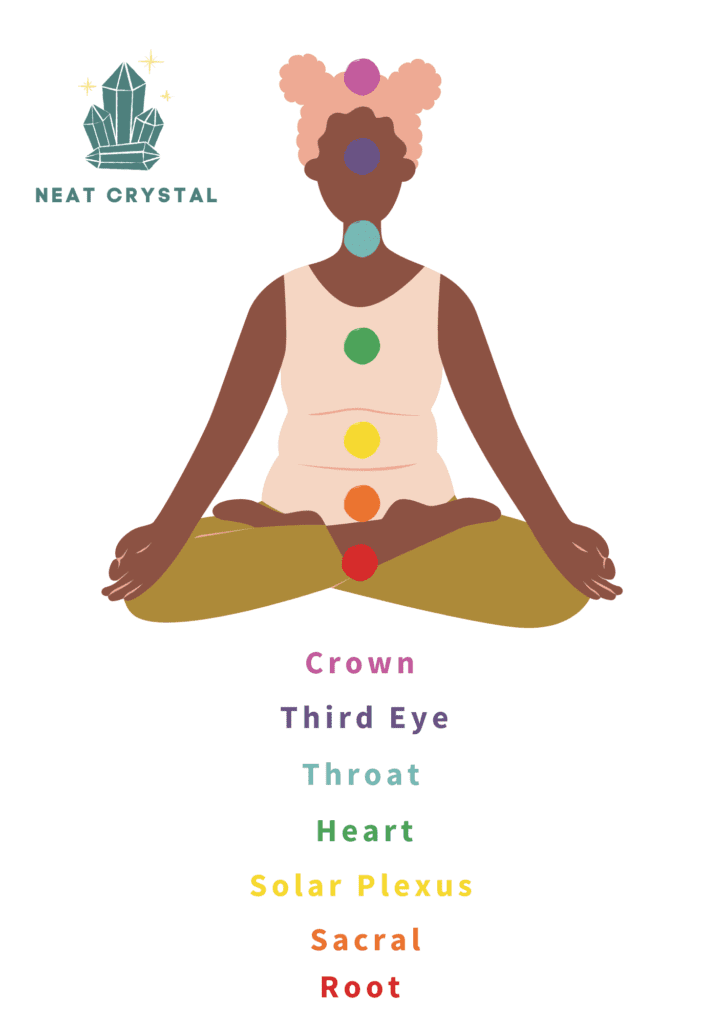
Also read: What Chakra Is Black Tourmaline? (Schorl)
Zodiac Association
Emerald is the modern and traditional birthstone for May, and thus Taurus and Gemini of that month, and the Mystical (Tibetan) birthstone of January, and thus Aquarius and Pisces of that month.
Tourmaline, regardless of color, is the birthstone for October and, therefore, the signs of Libra and Scorpio of that month.
Working with your associated birthstone is said to help you overcome the challenges of that sign while also bringing out your strengths. However, feel free to work with these stones even if you don’t have any of these signs. If you’re interested in and attracted to a crystal or gemstone, give it a go!
Also read: The Complete Guide To Black Tourmaline And The Zodiac Signs


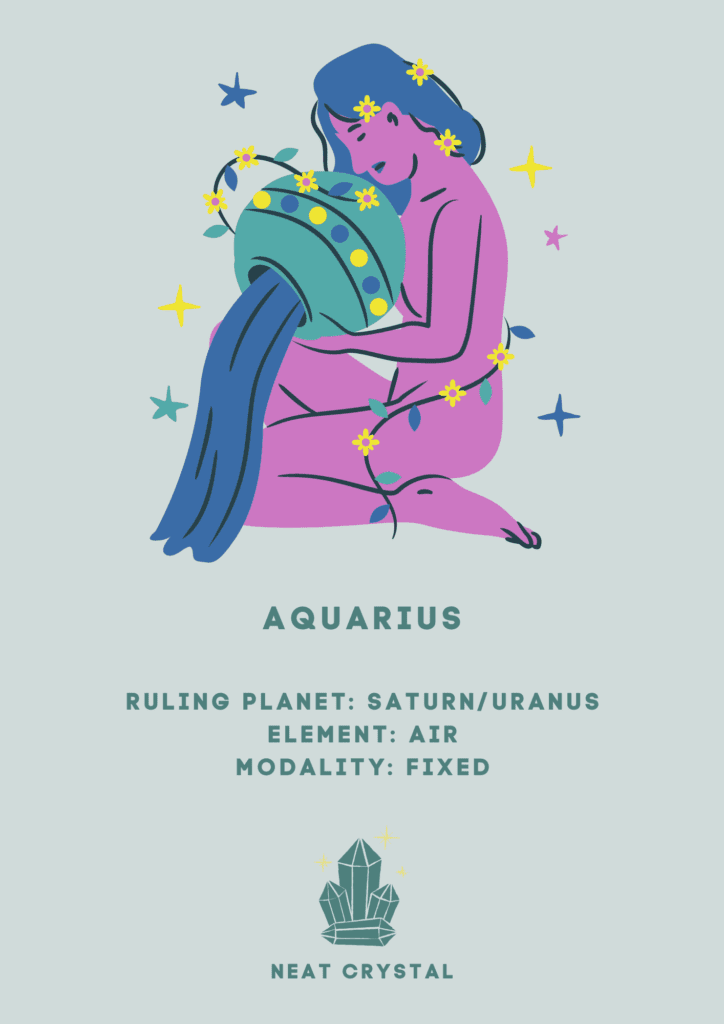
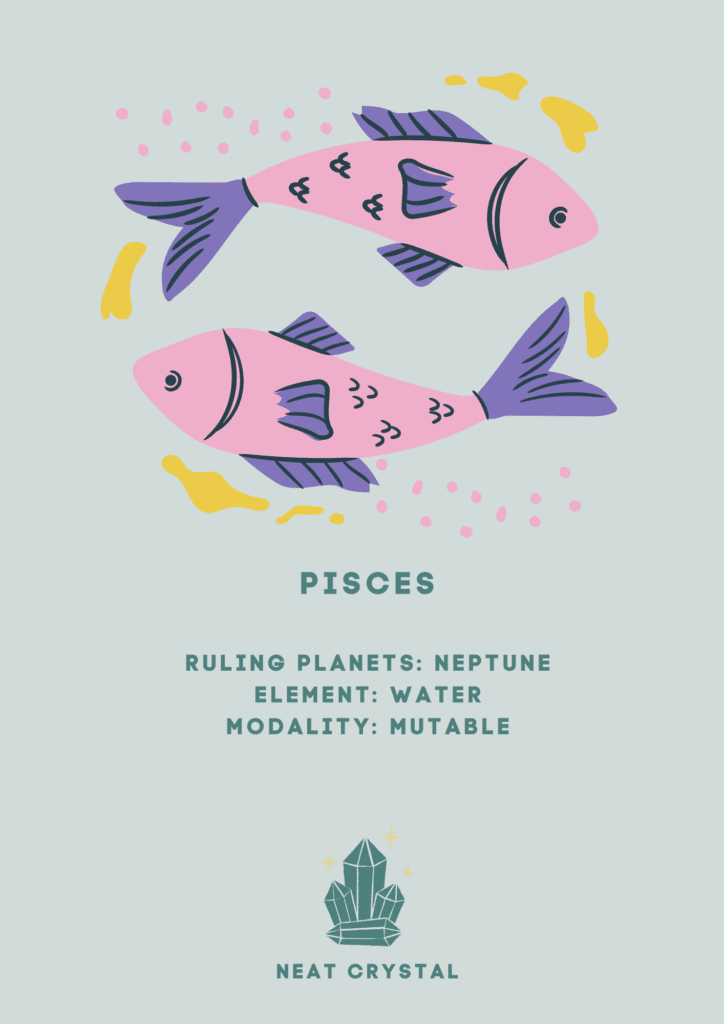
Element Association
There are four elements total: water, earth, fire and air. In a nutshell, this is what they represent:
- Earth for personal growth, stability and security
- Water for love, friendships and emotions
- Air for intellect, wisdom and communication
- Fire for energy, passion and action
Emerald is connected to the water element, while green tourmaline is associated with the earth element.
Emerald being a water element, helps you to have more wisdom. It enhances hard work that you set many goals and remains focused on achieving them. It helps you to appreciate what you already have and be hopeful for what is yet to come. It also helps you to clear toxic thoughts off your mind.
Green tourmaline, on the other hand, has earth energy which attracts success, stamina, and prosperity. It also enhances physical and emotional growth.
It might also be beneficial to work with emerald if you find you have too much fire energy in you, or work with green tourmaline if you find you have too much air. These opposite elements can balance each other out.
Too much fire is seen in aggression or lack of patience, whilst an excess of air is indicated by a lack of emotion or empathy.


Ruling Planet
Mercury is the associated planet of green tourmaline, while venus is connected to emerald.
Venus is the planet of love, beauty and luxury, and has, perhaps unsurprisingly, Aphrodite as the connected deity. As a result, emerald is used for hope, fertility, and romance
Mercury was the messenger of the gods and is therefore associated with communication and intelligence. It attracts success, prosperity, and abundance in life.
Numerical Vibration
Emerald has a numerical vibration of the number 4, while green Tourmaline has the number 6. Four represents determination, stability, and resilience, which is exactly what emerald can help you with. On the other hand, six represents relationships and friendships and promote unity and partnership. These vibrations also produce energy for hope, encouragement, and endurance.
Also read: Full Guide To Jade vs. Emerald (This Is The Difference)
Uses
There are many different ways to use these stones. Below we’ll outline a few options for you.
Jewelry
Both gemstones are relatively hard and thus are excellent in the production of jewelry. They are used to make necklaces, pendants, bracelets, earrings, and rings. They are easy to cut and so can produce all types of shapes. Low-quality emeralds are curved into sculptures, beads, and rondelles.
When you wear jewelry made of these gemstones, they cause a healing power in your life. Make sure to wear the stones on the skin, ideally as close to the heart chakra as possible. Also, keep in mind that it is always best to take them off when swimming or showering.
Meditation
If you want to work with these stones through meditation, this is entirely possible! If you’re wanting to use these crystals to meditate, following a guided meditation might be beneficial, especially if this is your first time. Below you’ll find a guided meditation that might be helpful, aimed at the heart chakra. Both green tourmaline and emerald benefit this chakra.
Best Combinations
To get the most out of our work with crystals, it can be incredibly beneficial to pair and combine crystals with similar properties. This way, they can strengthen and enhance each other. Below you’ll find some interesting options. Keep in mind that the best crystal combinations are those that align with your intended purpose.
Emeralds and rose quartz are associated with the heart chakra; therefore, they work together, bringing about empathy and recovery from emotional wounds, traumas, and suppressed feelings of love. It makes you create space to love again. Rhodonites are also a great combination of emeralds. They work together to give you a peaceful mind and acceptance when you lack a romantic relationship. They also take away loneliness and regain your lost confidence when you find another romantic relationship.
Green tourmaline can be combined with ruby or blue sapphire to take out negative feelings in the heart and mind, making you relax and calm. Pink kunzite and green hiddenite can be combined with this gemstone to strengthen love and relationships. The green aventurine, as well as emerald, can be combined with the green tourmaline to activate the heart chakra.
